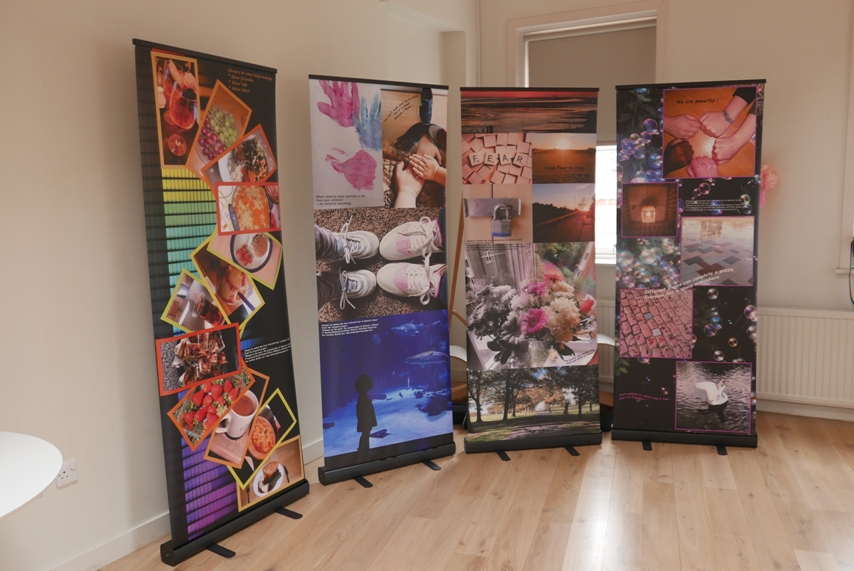In all the talk of strong communities, united communities, struggling communities, the [insert a term of your choosing] community, there remains a real question of where women escaping domestic violence can find a sense of community. If the actions of her abusive partner or husband have forced her out of her locality, has he also forced her out of her community – her friends, family, her sense of belonging and shared culture?
Can she join a new community?
Even if women experiencing domestic abuse stay put, they can be entirely isolated from their supposed community – unable to tell anyone what is happening, unable to feel at home.
In the 1930s, Virginia Woolf wrote, “As a woman I have no country. As a woman my country is the whole world.”[1] and maybe that points to the potential for women to share experiences – and a sense of belonging – across all kinds of borders. The potential to cut across isolation and build strong communities of shared experiences.
Women who escape domestic violence and meet other women who have experienced abuse talk about how they begin to make connections:
I find that [isolation] odd; because you think you’re the only one that’s experiencing it… but it’s millions of women – each sitting there thinking – what have I done wrong now? And you haven’t. I was totally amazed.
[Elizabeth – age 56, of White British ethnic origin with an adult son. Living in a rural village in Southern England at the time.]
I’ve made a lot of friends; a lot, a lot of good good friends – like sisters in all this.
[Julien Rosa – age 24, of Black African ethnic origin with sons aged 7 and 3. Living in a small town in Southern England at the time.]
As well as such real support – a sense of friendship, community and belonging – women imagine themselves as part of a community of women who have experienced abuse; both the actual community of women and children they had met, but also a community outside, and in the future. They imagine back to a shared homeland of being an abused woman, but also forward to an imagined community they had not intended to be a member of, but had found as a positive outcome in their journeys away from abuse. Their messages to other women are:
‘Don’t feel TRAPPED!!’
‘good luck to new women who come here!’
‘Help is at hand’.
[1] Virginia Woolf (1938) Three Guineas

